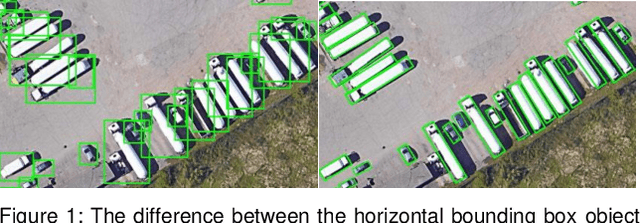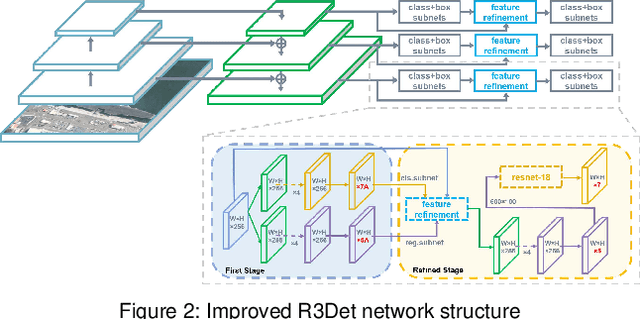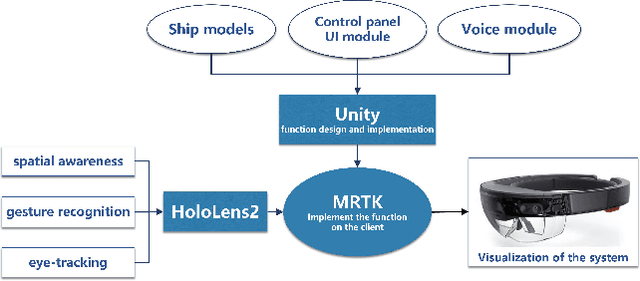Ziqi Ye
Efficient Network Automatic Relevance Determination
Jun 14, 2025Abstract:We propose Network Automatic Relevance Determination (NARD), an extension of ARD for linearly probabilistic models, to simultaneously model sparse relationships between inputs $X \in \mathbb R^{d \times N}$ and outputs $Y \in \mathbb R^{m \times N}$, while capturing the correlation structure among the $Y$. NARD employs a matrix normal prior which contains a sparsity-inducing parameter to identify and discard irrelevant features, thereby promoting sparsity in the model. Algorithmically, it iteratively updates both the precision matrix and the relationship between $Y$ and the refined inputs. To mitigate the computational inefficiencies of the $\mathcal O(m^3 + d^3)$ cost per iteration, we introduce Sequential NARD, which evaluates features sequentially, and a Surrogate Function Method, leveraging an efficient approximation of the marginal likelihood and simplifying the calculation of determinant and inverse of an intermediate matrix. Combining the Sequential update with the Surrogate Function method further reduces computational costs. The computational complexity per iteration for these three methods is reduced to $\mathcal O(m^3+p^3)$, $\mathcal O(m^3 + d^2)$, $\mathcal O(m^3+p^2)$, respectively, where $p \ll d$ is the final number of features in the model. Our methods demonstrate significant improvements in computational efficiency with comparable performance on both synthetic and real-world datasets.
Breaking the Ceiling of the LLM Community by Treating Token Generation as a Classification for Ensembling
Jun 18, 2024Abstract:Ensembling multiple models has always been an effective approach to push the limits of existing performance and is widely used in classification tasks by simply averaging the classification probability vectors from multiple classifiers to achieve better accuracy. However, in the thriving open-source Large Language Model (LLM) community, ensembling methods are rare and typically limited to ensembling the full-text outputs of LLMs, such as selecting the best output using a ranker, which leads to underutilization of token-level probability information. In this paper, we treat the Generation of each token by LLMs as a Classification (GaC) for ensembling. This approach fully exploits the probability information at each generation step and better prevents LLMs from producing early incorrect tokens that lead to snowballing errors. In experiments, we ensemble state-of-the-art LLMs on several benchmarks, including exams, mathematics and reasoning, and observe that our method breaks the existing community performance ceiling. Furthermore, we observed that most of the tokens in the answer are simple and do not affect the correctness of the final answer. Therefore, we also experimented with ensembling only key tokens, and the results showed better performance with lower latency across benchmarks.
An Intelligent-Detection Network for Handwritten Mathematical Expression Recognition
Nov 26, 2023Abstract:The use of artificial intelligence technology in education is growing rapidly, with increasing attention being paid to handwritten mathematical expression recognition (HMER) by researchers. However, many existing methods for HMER may fail to accurately read formulas with complex structures, as the attention results can be inaccurate due to illegible handwriting or large variations in writing styles. Our proposed Intelligent-Detection Network (IDN) for HMER differs from traditional encoder-decoder methods by utilizing object detection techniques. Specifically, we have developed an enhanced YOLOv7 network that can accurately detect both digital and symbolic objects. The detection results are then integrated into the bidirectional gated recurrent unit (BiGRU) and the baseline symbol relationship tree (BSRT) to determine the relationships between symbols and numbers. The experiments demonstrate that the proposed method outperforms those encoder-decoder networks in recognizing complex handwritten mathematical expressions. This is due to the precise detection of symbols and numbers. Our research has the potential to make valuable contributions to the field of HMER. This could be applied in various practical scenarios, such as assignment grading in schools and information entry of paper documents.
AR Visualization System for Ship Detection and Recognition Based on AI
Nov 21, 2023



Abstract:Augmented reality technology has been widely used in industrial design interaction, exhibition guide, information retrieval and other fields. The combination of artificial intelligence and augmented reality technology has also become a future development trend. This project is an AR visualization system for ship detection and recognition based on AI, which mainly includes three parts: artificial intelligence module, Unity development module and Hololens2AR module. This project is based on R3Det algorithm to complete the detection and recognition of ships in remote sensing images. The recognition rate of model detection trained on RTX 2080Ti can reach 96%. Then, the 3D model of the ship is obtained by ship categories and information and generated in the virtual scene. At the same time, voice module and UI interaction module are added. Finally, we completed the deployment of the project on Hololens2 through MRTK. The system realizes the fusion of computer vision and augmented reality technology, which maps the results of object detection to the AR field, and makes a brave step toward the future technological trend and intelligent application.
 Add to Chrome
Add to Chrome Add to Firefox
Add to Firefox Add to Edge
Add to Edge